A rare type of Chihuahua is the Pear-Headed Chihuahua. It looks different from other chihuahuas because it has a round head, a smooth face, and a big muzzle.
This guide tells you everything you need to know about Pear-Headed Chihuahuas, such as how they look, how they act, and where you can find them.
The Definition Of A Pear Head Chihuahua
Chihuahuas come in many different types, but Pear-Head Chihuahuas are one of the most famous. They stand out because their heads are flat and shaped like pears, and their noses are bigger.
Advertisement
But the AKC doesn’t accept them because they don’t meet the requirements for the breed. This means that they and Chihuahuas with deer heads can’t be in AKC show rings.
Even so, Pear-Head Chihuahuas are known for being healthy, friendly, and loyal. If you want to get a Pear-Head Chihuahua, you’ll get a loving and loyal friend.
Pear Head Chihuahua Appearance
The Pear-Head Chihuahua is a rare and cute dog breed that gets everyone’s attention. The “pear” shape of this breed’s head, which is round and narrows to a small mouth, is a charming and unique trait.
The Pear-Head Chihuahua is a little dog that typically stands 6 to 9 inches tall and weighs 2 to 6 pounds.
Coat
Chihuahuas are known for having soft, luxurious fur, but the length of each dog’s coat can be very different.
The coat of a Pear-Head Chihuahua can be short, long, or somewhere in between.
Color
The Pear-Head Chihuahua is known for its unique looks, which include the color of its fur. Chihuahuas can be black, brown, fawn, or white, but the Pear-Head Chihuahua is usually bred for a certain hair color.
This breed is known for having even brown or dark tan fur all over its body, and it often has white spots on its chest, stomach, and paws. The pear-head Chihuahua’s hair color is not only beautiful, but it also helps them stand out from other types of Chihuahua.
Pear Head Chihuahua Temperament
Pear-Head Chihuahuas are different from other Chihuahuas because of the way they act. Chihuahuas are usually known for being loud and anxious, but Pear-Head Chihuahuas are usually quieter.
That doesn’t mean they aren’t playful, though, because they love to hang out with their owners and are always up for a game of fetch. Pear-Head Chihuahuas are very loyal, which is one of the things that makes them so cute. They will follow you around all day and love nothing more than to sleep on your lap at night.
Pear Head Chihuahua Health
Pear-Head Chihuahuas can live anywhere from 12 to 20 years on average, with some even making it to their mid-20s with good care.
Even though this seems like a long time, it’s important to remember that Chihuahuas are prone to health problems like hypoglycemia, tooth problems, and heart disease.
It’s important to know that Pear-Head Chihuahuas can have health problems that are unique to their breed. If you’re thinking about getting a Pear-Head Chihuahua, it’s important to know about their health problems.
Dental Issues
Dog dental problems are sometimes disregarded, but if ignored, they can have a serious negative impact on a dog’s health. Pear-Head Chihuahuas have small mouths, which makes them more likely than other types to have dental problems.
This means that as a pet owner, you need to take extra care of your Pear-Head Chihuahua’s dental habits to make sure their teeth and gums are healthy.
When it comes to avoiding dental problems, regular brushing and checkups at the vet can make a big difference.
Patellar Luxation
The Pear-Head Chihuahua is loved for its cute and unique look, but the breed is prone to patellar luxation, which is a painful joint disease.
This happens when the hip moves out of place, making walking painful and hard. The best way to treat patellar luxation is to keep it from happening in the first place.
Heart Disease
Pear-Head Chihuahuas may charm their owners with their humor, but they are unlucky in that they are prone to heart problems. The symptoms of this range from congestive heart failure to heart murmurs.
Owners should be aware of this potential health problem and take precautions to protect the heart health of their Chihuahua.
These cute pups can reduce their risk of heart disease with regular vet visits, a heart-healthy food, and exercise.
Eye Issues
Corneal ulcers, cataracts, and gradual retinal atrophy are some of the most common eye problems in Pear-Head Chihuahuas. Keep a close eye on your pet friend’s eyes and take them to the vet if they become red, cloudy, or have discharge.
Collapsed Trachea
If you have a Pear-Head Chihuahua, you may have heard of a widespread health problem called a collapsed trachea.
This is a major problem that can make your dog feel bad, cough, and have trouble breathing. Even though it may be hard to hear, it’s important to stay alert and take the right steps to deal with signs and stop more damage.
Pear Head Chihuahua Care
Caring for a Pear-Head Chihuahua is more than just sitting with a cute little dog. It’s also about making sure the dog is healthy.
Grooming
A Pear-Head Chihuahua needs special care when it comes to grooming because its short, thin coat sheds a lot.
To keep their coats shiny and healthy, these little cuties need to have dirt and dead hair brushed out of them once a week.
Also, giving them a bath every six to eight weeks can keep them clean and keep their fur soft.
Training
Your Pear-Head Chihuahua needs training just like any other dog if you want it to be well-behaved and happy. Some ways to train well are to start early, be consistent with your orders, and use positive reinforcement.
If you are patient and work hard, your Pear-Head Chihuahua will be a well-mannered and loving friend for many years.
Exercise
Pear-Head Chihuahuas need to run around and play just like any other pet. To keep them healthy and happy, it’s important to keep them busy. Some great ways to get your Pear-Head Chihuahua some exercise are to take it for walks, play fetch, or even train it to be agile.
The lively and playful nature of chihuahuas makes it important to include exercise in their daily routine for both physical and mental health reasons.
Even though they are small, it’s important to remember that they still need regular exercise, just like any other breed. So take your animal friends outside and do something fun with them.
Diet
It’s important to feed Pear-Head Chihuahuas a balanced food that will keep them healthy and strong.
Small dogs can have problems with their teeth and gain weight quickly, so it’s important to feed them the right kind of food and the right amount.
Talk to your vet about your Pear-Head Chihuahua’s nutritional needs, and think about giving them high-quality ingredients like protein, fiber, and healthy fats in their food.
Socialization
Pear-head If they haven’t been properly socialized, chihuahuas can be rather timid and apprehensive around strangers. To guarantee that your pear-head Chihuahua develops into a sociable and self-assured pet, socialization should begin as early as feasible.
The secret is to introduce different people, locations, and circumstances to your dog in a healthy and controlled way. Always remember to provide plenty of treats and encouraging feedback to promote good behavior.
Your pear-head Chihuahua can develop into a social butterfly and appreciate both human and canine company for years to come with some time and effort.
Apple Head Chihuahua vs. Pear Head Chihuahua
An unskilled observer may find it difficult to distinguish between a Chihuahua with an apple-shaped head and one with a pear-shaped head.
This is especially true given how uncommon Pear-Head Chihuahuas are. If you are thinking about adopting a Chihuahua and have a preference, it is critical to comprehend the distinction between these two breeds.
The shape of their skulls is what most distinguishes them. Pear-Head Chihuahuas have flat tops and a shape resembling a pear, while Chihuahuas with Apple Heads have round, rectangular skulls that resemble apples.
Pear-headed Chihuahuas are typically taller and heavier than their apple-headed counterparts in terms of physical characteristics. In fact, Pear-Head Chihuahuas frequently grow larger than the breed’s average size.
A further distinguishing feature of Apple-Head Chihuahuas is that 80–90% of them are born with a molera, a little opening in their heads.
Chihuahuas with pear-shaped heads are less prone to experience this condition than are dogs with rounder heads.
Where And How To Find A Pear-Head Chihuahua?
You might be wondering where to look if you have your heart set on a Pear-Head Chihuahua. Fortunately, both breeders and rescue groups have access to these gorgeous puppies.
Rescue
You can adopt Pear-Head Chihuahuas from rescue groups as well. Many purebred and mixed-breed dogs are up for adoption at animal shelters and rescue organizations.
Giving a dog the second opportunity they so richly deserve can be done by adopting a pet.
Breeder
Finding a reliable breeder is your best bet if you’re looking for a purebred Pear-Head Chihuahua. Asking the correct questions and doing your homework is essential!
Make sure the breeder offers health guarantees and documentation demonstrating that the parents of the puppies were fit and healthy. Additionally, find out whether any genetic tests were conducted to look for probable health problems.
YOU MAY ALSO LIKE:
7 Different Types of Chihuahuas
How Long Should I Walk My Chihuahua?
Advertisement






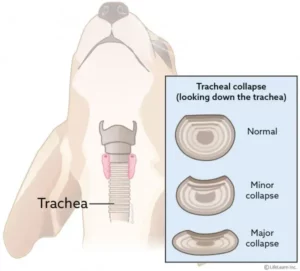





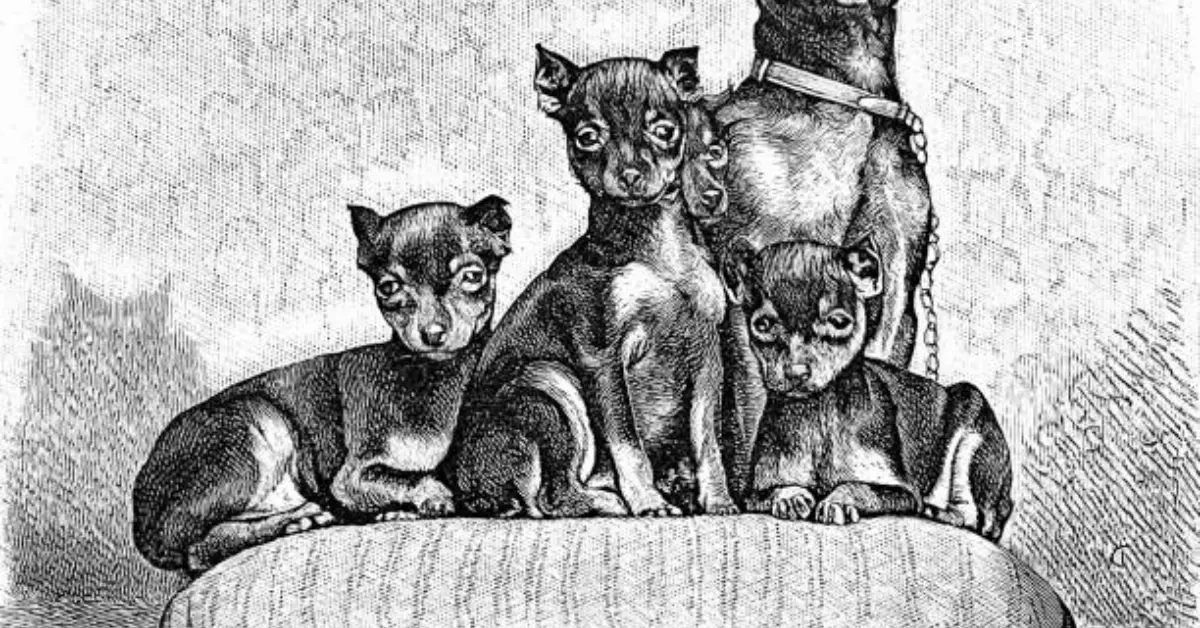
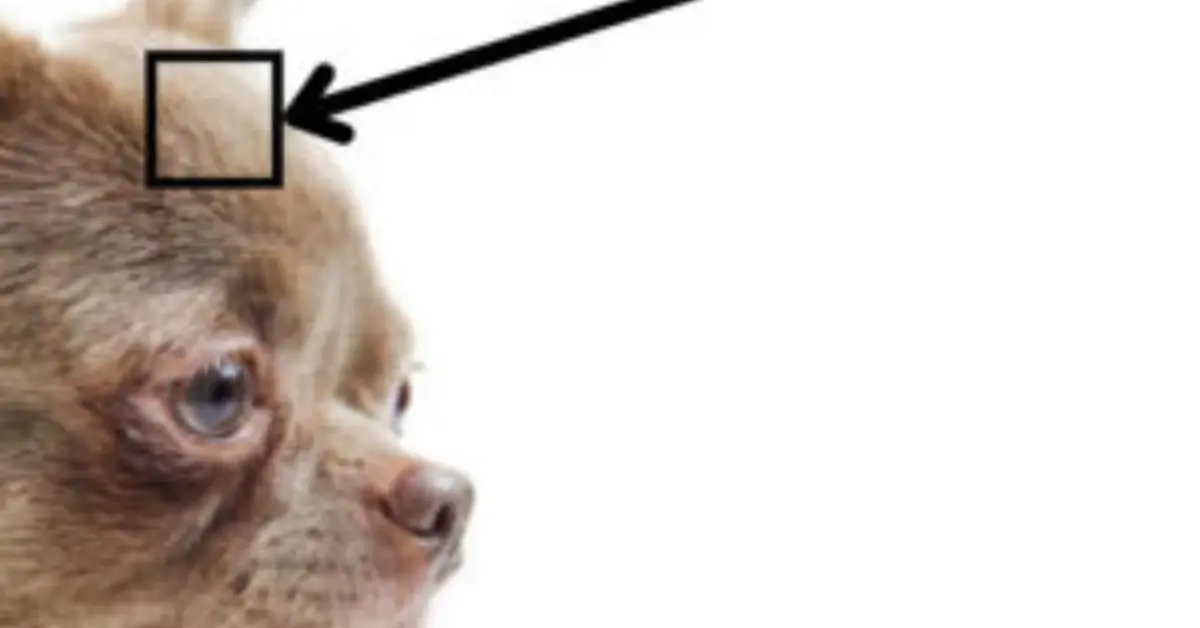
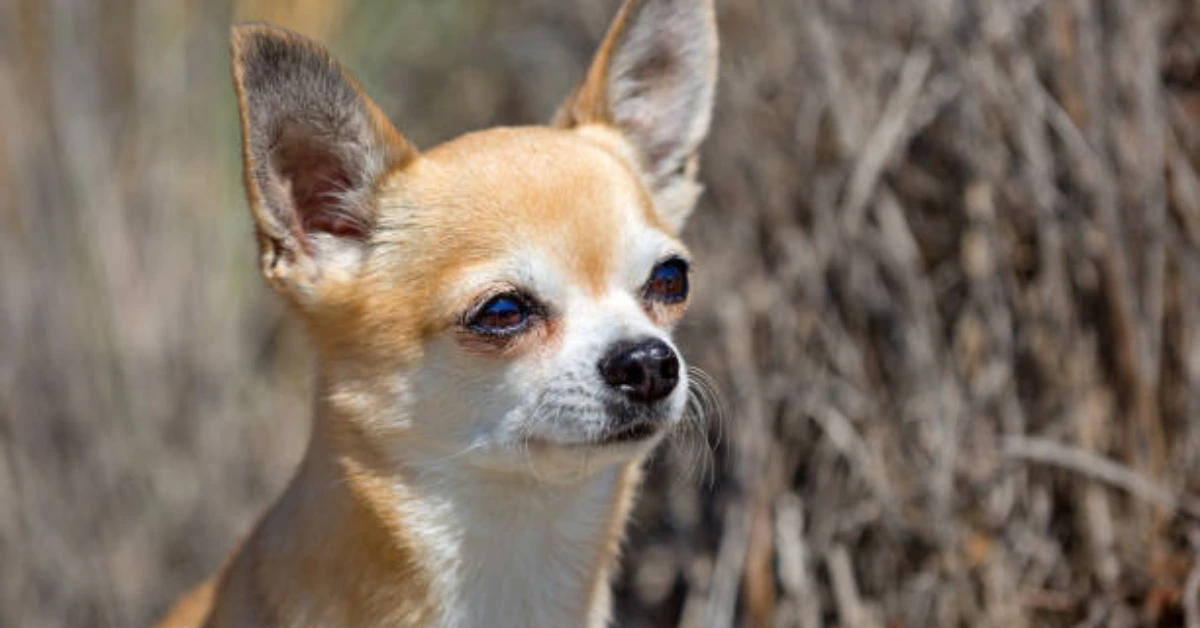
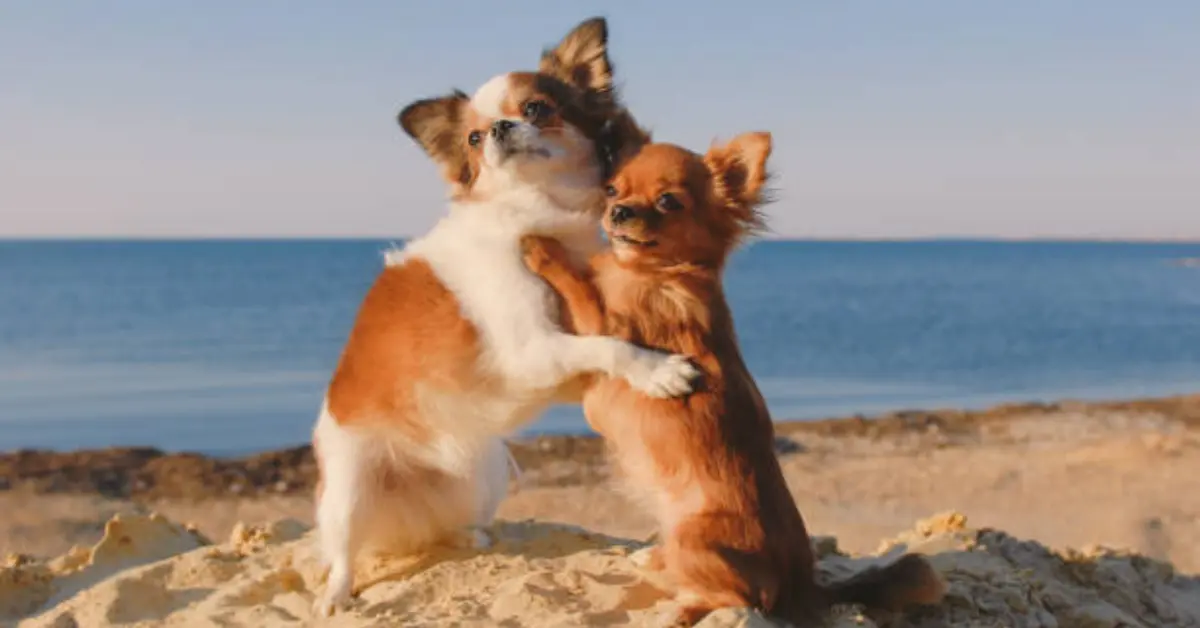
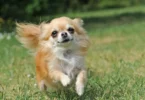
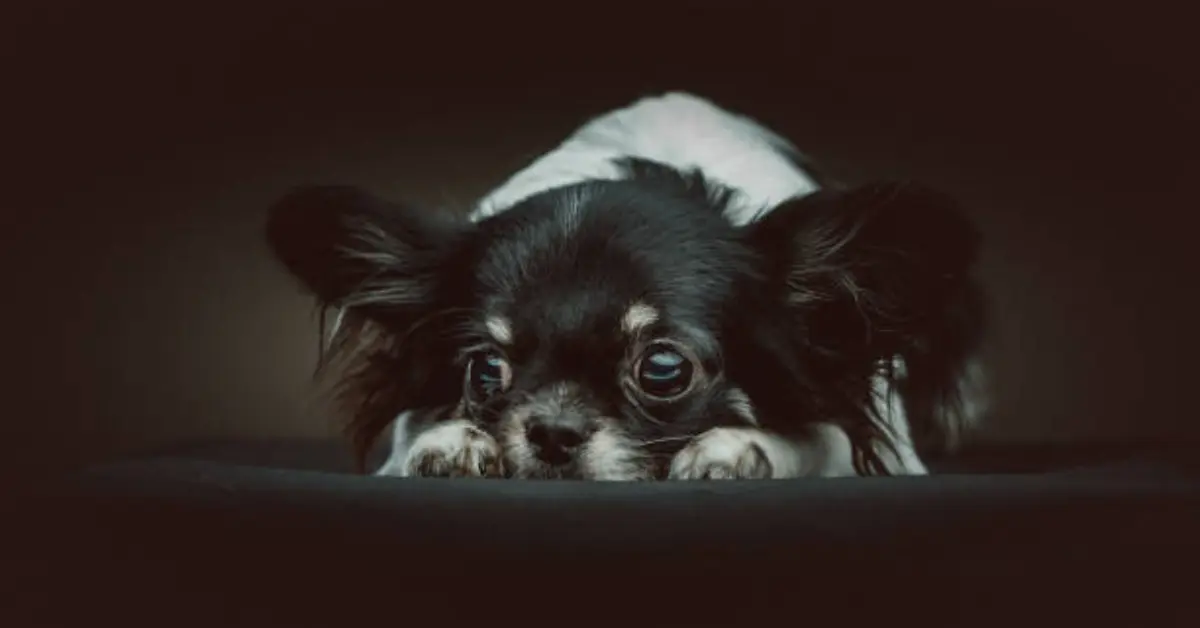
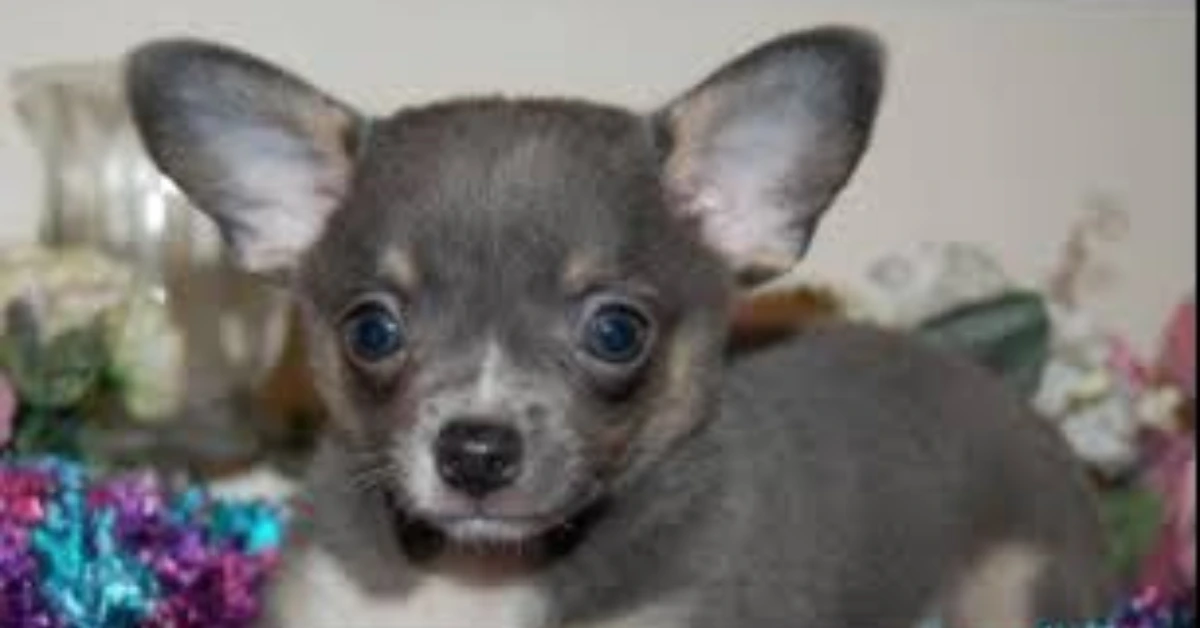
We have a pear head and I couldn’t have asked for a better dog.